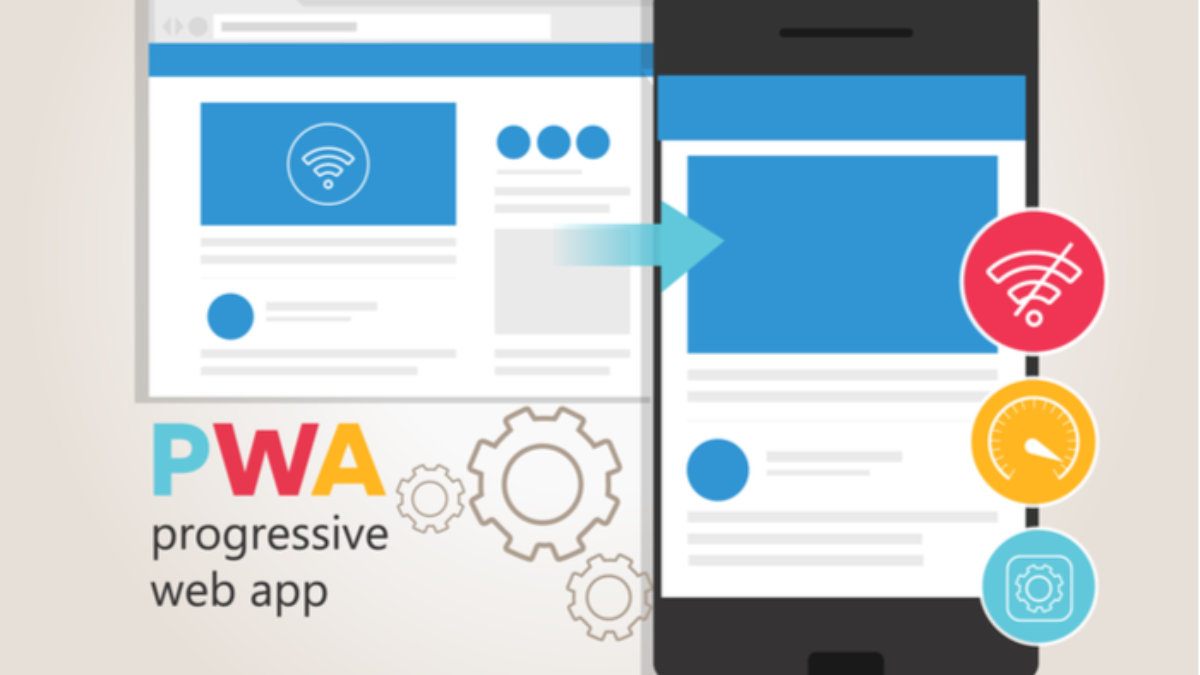Index Surge: Amplifying Your Insights
Stay updated with the latest trends and news across various industries.
Progressive Web Apps: The Future of Uninterrupted Browsing
Discover why Progressive Web Apps are reshaping online experiences and how they promise uninterrupted browsing like never before!
What Are Progressive Web Apps and How Do They Enhance User Experience?
Progressive Web Apps (PWAs) are a modern approach to web development that combines the best features of both mobile and web applications. They are designed to provide a seamless, reliable, and engaging user experience, resembling traditional native apps while maintaining the accessibility of a website. By leveraging service workers, PWAs can work offline and load quickly, even on slow networks. This capability is critical for enhancing user satisfaction and increasing engagement, as users are more likely to return to a site that performs consistently well, regardless of their connection conditions.
Furthermore, Progressive Web Apps promote a user-centric design by offering instant loading times, push notifications, and immersive full-screen experiences. These features contribute to higher conversion rates and better retention, as users are more likely to interact with a site that keeps them informed and engaged. The adaptability of PWAs across devices ensures that users have a consistent experience whether they are on a desktop, tablet, or smartphone, ultimately enhancing accessibility and usability.

The Benefits of Progressive Web Apps for Businesses and Consumers
Progressive Web Apps (PWAs) offer numerous advantages for both businesses and consumers. For businesses, PWAs enhance user engagement by providing a seamless experience across various devices. They load quickly and can work offline, ensuring that customers have access to services even in low connectivity situations. This increased accessibility leads to higher retention rates and can significantly boost conversion rates, making PWAs a valuable addition to any company's digital strategy.
From the consumer's perspective, Progressive Web Apps deliver a user-friendly interface that mimics traditional apps while offering the benefits of web technology. Users enjoy fast loading times, push notifications, and the ability to save the app directly on their home screens without requiring installation from an app store. This ease of access and interaction enhances customer satisfaction, leading to improved loyalty and engagement with brands. Overall, PWAs represent a win-win scenario for both businesses looking to innovate and consumers seeking efficiency and convenience.
How to Get Started with Developing Your First Progressive Web App
Developing your first Progressive Web App (PWA) can be an exciting journey into the world of modern web technologies. To start, you'll need a solid foundation in HTML, CSS, and JavaScript, as these languages are the backbone of any web application. Once you're comfortable with these basics, you can set up your development environment by installing a code editor like Visual Studio Code and determining if you want to use frameworks such as React, Angular, or Vue.js to streamline the process. Don't forget to familiarize yourself with Service Workers, a key component of PWAs that allows your app to function offline and send push notifications.
After setting up your environment, it's time to create your app's manifest.json file, which is essential for defining how your PWA appears on users' devices, including icons, the app's name, and the start URL. Next, focus on optimizing your app's performance to ensure it loads quickly and runs smoothly; tools like Google Lighthouse can help you assess and improve various performance metrics. Finally, remember to test your PWA on multiple devices and browsers to ensure a seamless user experience. By following these steps, you will be well on your way to launching your first Progressive Web App.